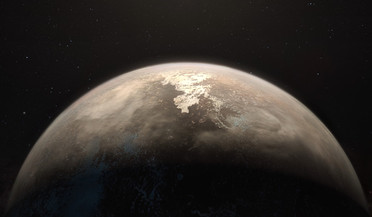 15 November 2017
Earth-mass temperate exoplanet found close by
15 November 2017
Earth-mass temperate exoplanet found close by
...as Ross 128 b, this possibly pleasantly warm planet orbits a red dwarf star (Ross 128) that is thought to be inactive. This is good...arm of HARPS, will boost our efficiency in observing red dwarfs, which emit most of their radiation in the infrared. ...
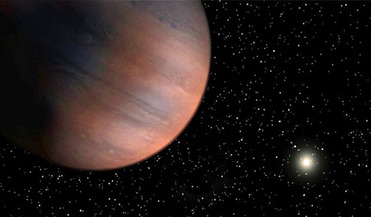 10 April 2017
Super-Jupiter mass planet found in the galactic bulge
10 April 2017
Super-Jupiter mass planet found in the galactic bulge
... around which MOA-2016-BLG-227Lb orbits is classed as an M or K-dwarf star – for comparison our Sun is a G type star and is a main sequence yellow dwarf star. Stars are classified by their spectra (the elements that they absorb) and their temperature...
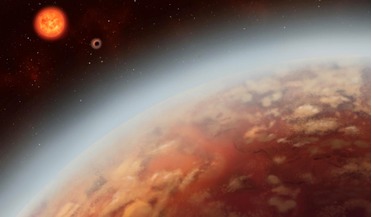 11 September 2019
First detection of atmospheric water vapour on 'super-Earth' in habitable zone
11 September 2019
First detection of atmospheric water vapour on 'super-Earth' in habitable zone
...own planet and twice as large. It whips round its host star, a red dwarf 110 light years from Earth, in 33 days and sits in a comfortable...with our planet, and its host star is equally dissimilar to our Sun. The M2.5 Dwarf star that K2-18 b orbits (K2-18) is ...
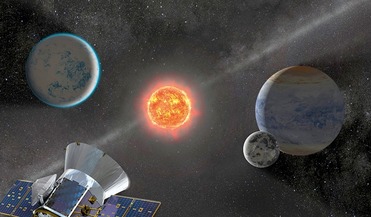 April 2019
Scanning the skies for exoplanets
April 2019
Scanning the skies for exoplanets
... most remarkable planetary systems known today around nearby M dwarf stars, the planet-hunter should be just as capable at... as asteroids, comets, eclipsing binaries, flare stars and white dwarf stars. The mission’s sensitive cameras have, for example...
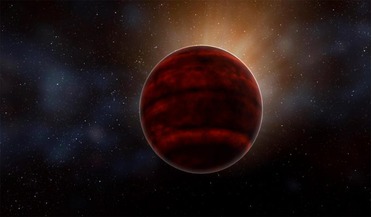 28 February 2018
Habitability of nearest exoplanet in doubt after powerful flare
28 February 2018
Habitability of nearest exoplanet in doubt after powerful flare
...’s nearest exoplanetary neighbour, Proxima b, which orbits the red dwarf star, would be suitable to host complex life. The flare was detected last March by scientists observing the star with the Atacama Large Millimetre/Submillimetre Array (ALMA...
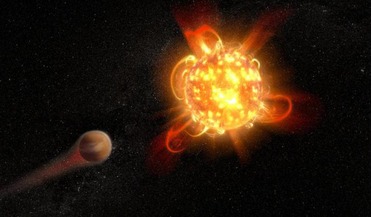 22 October 2018
Frequent superflares spell doom for life around red dwarfs
22 October 2018
Frequent superflares spell doom for life around red dwarfs
... more energy than that of older, low-mass stars. Red dwarf stars are incredibly common; about three-quarters of the stars in our Milky Way galaxy alone are red dwarfs. Given their abundance, astronomers think that most red...